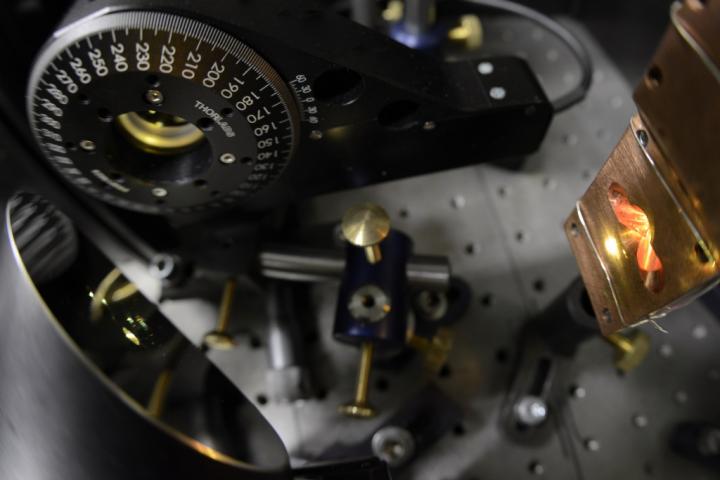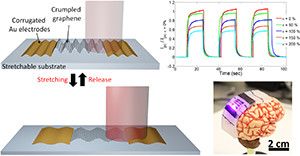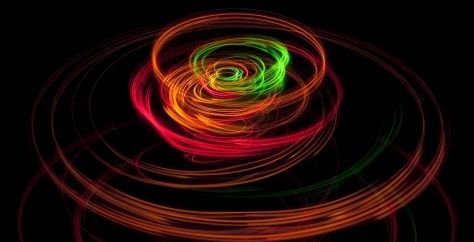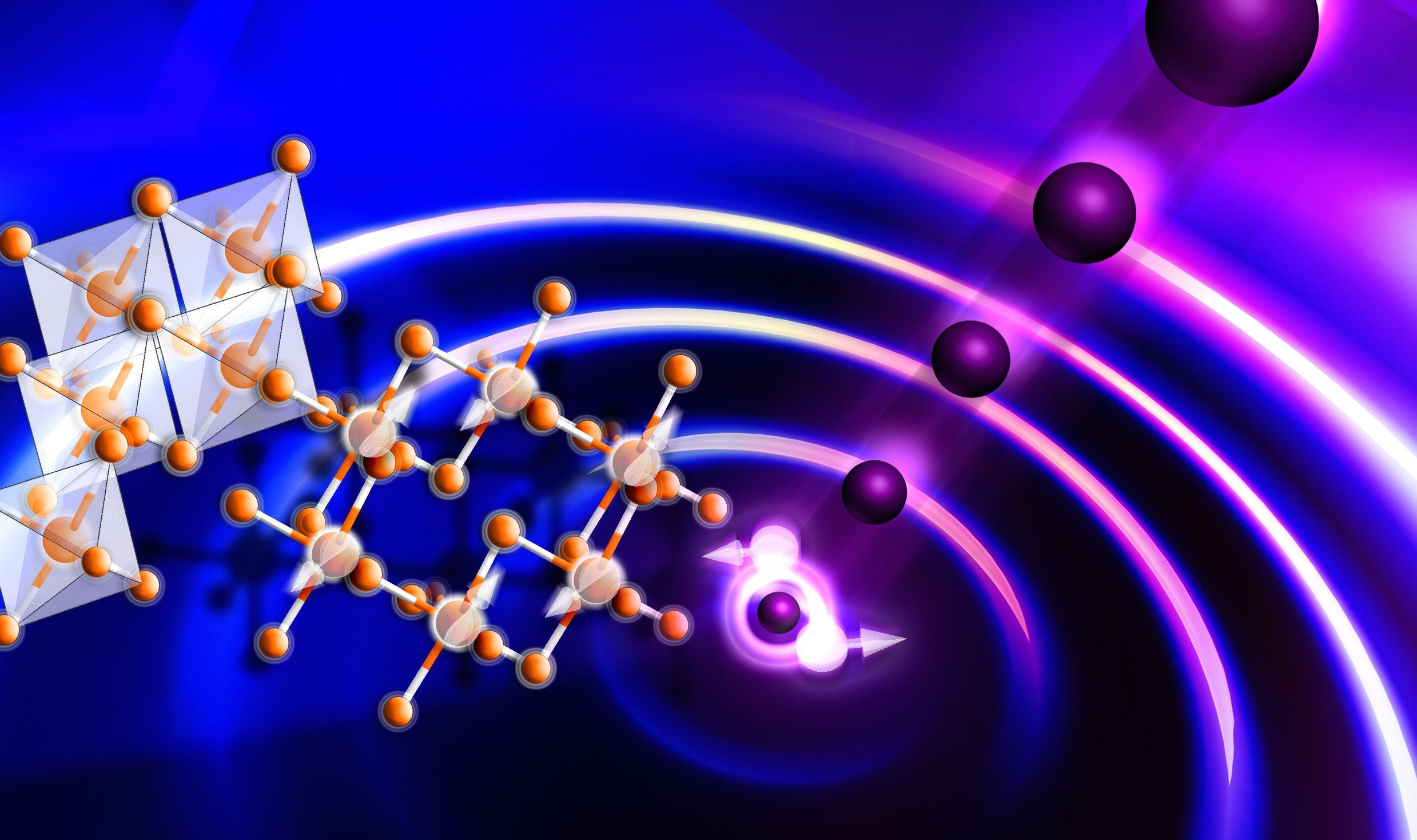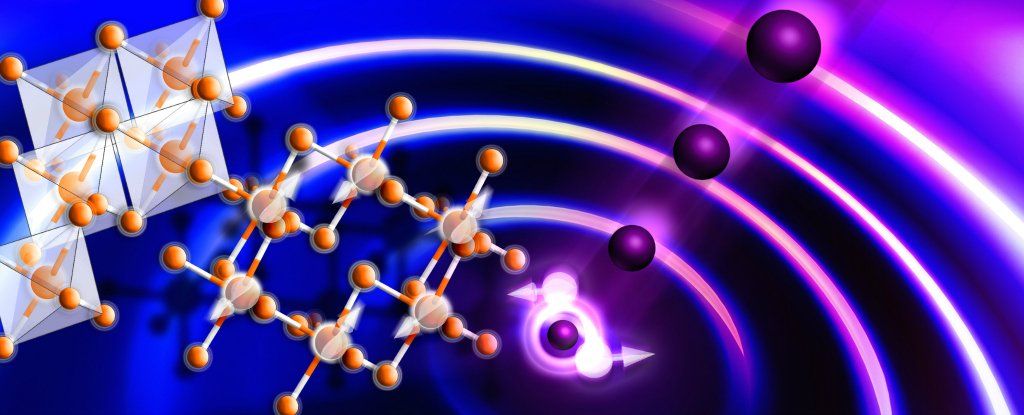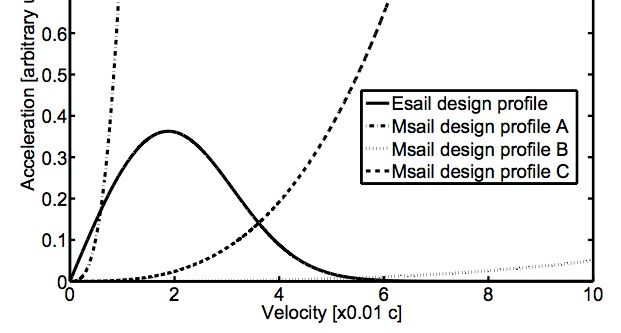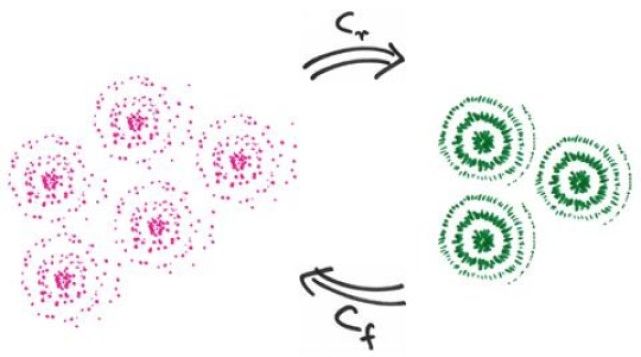Apr 7, 2016
Quantum effects affect the best superconductor
Posted by Karen Hurst in categories: particle physics, quantum physics, supercomputing, transportation
The theoretical results of a piece of international research published in Nature, whose first author is Ion Errea, a researcher at the UPV/EHU and DIPC, suggest that the quantum nature of hydrogen (in other words, the possibility of it behaving like a particle or a wave) considerably affects the structural properties of hydrogen-rich compounds (potential room-temperature superconducting substances). This is in fact the case of the superconductor hydrogen sulphide: a stinking compound that smells of rotten eggs, which when subjected to pressures a million times higher than atmospheric pressure, behaves like a superconductor at the highest temperature ever identified. This new advance in understanding the physics of high-temperature superconductivity could help to drive forward progress in the search for room-temperature superconductors, which could be used in levitating trains or next-generation supercomputers, for example.
Superconductors are materials that carry electrical current with zero electrical resistance. Conventional or low-temperature ones behave that way only when the substance is cooled down to temperatures close to absolute zero (−273 °C o 0 degrees Kelvin). Last year, however, German researchers identified the high-temperature superconducting properties of hydrogen sulphide which makes it the superconductor at the highest temperature ever discovered: −70 °C or 203 K.
